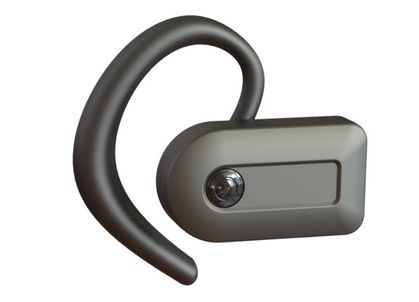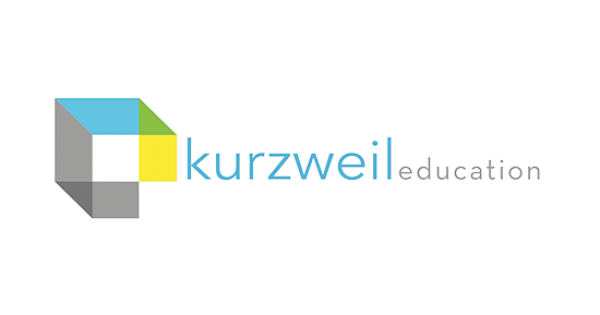Assistive Technology: accesiBe’s accessWidget for Websites.
What is accessWidget? The accessWidget by accessiBe actively bridges the gap in website access for businesses by creating an enabling environment of inclusivity for people with varying disabilities. By incorporating features such as screen reader compatibility, keyboard navigation, and adjustable color contrasts, the AccessWidget ensures that individuals with visual impairments, motor disabilities, and cognitive challenges […]
Assistive Technology: accesiBe’s accessWidget for Websites. Read More »








